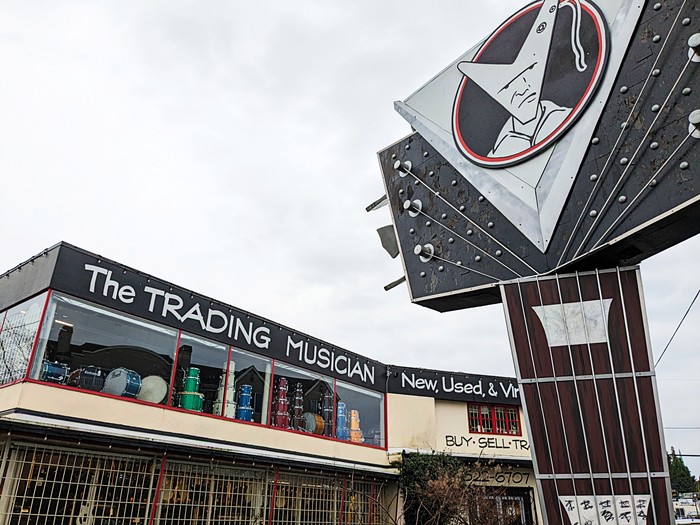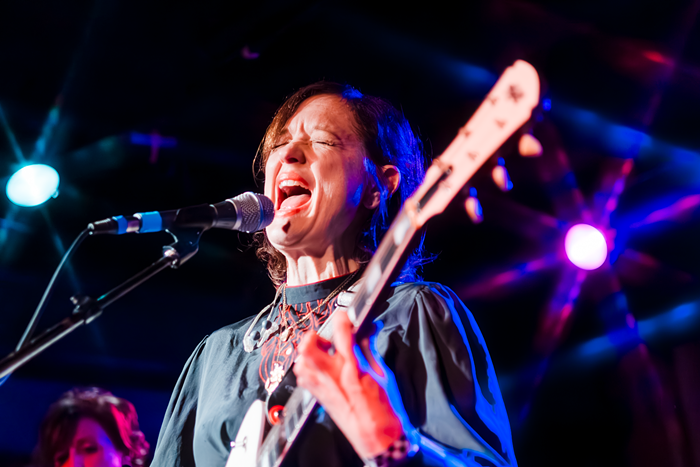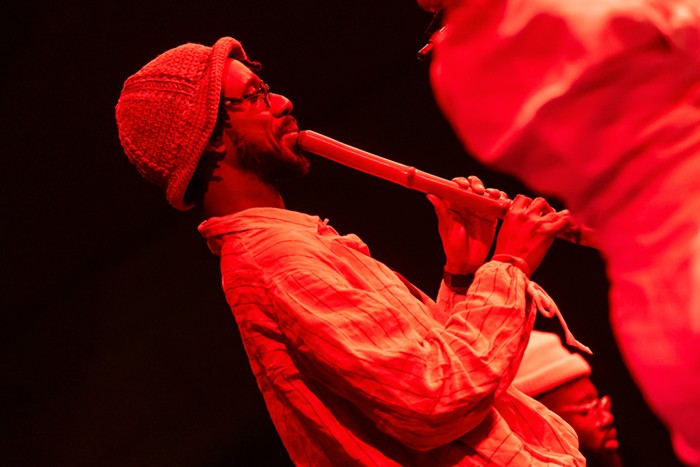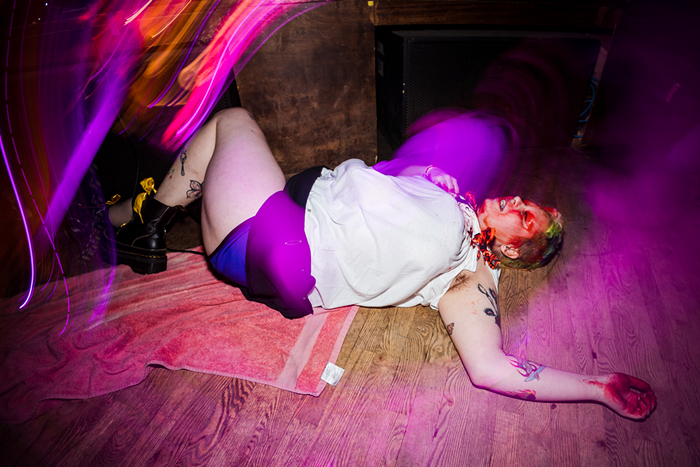To celebrate the centenary of one of the 20th century's greatest choreographers, George Balanchine (1904-1983), Pacific Northwest Ballet is staging three Balanchine ballets, including Agon. When Agon appeared, Aaron Copland remarked, "Everybody who wants to compose from now on will have to know this score." He was right. A fleet-footed fencing match between melodious baroque counterpoint and the spry stabs, strikes, feints, and parries of post-WWII serialism, Agon's glassy, gossamer textures (strings, harp, and mandolin), snaky castanets, and archaic trumpet fanfares accomplished the unthinkable. Stravinsky made dissonance dance.
Seattle is fortunate that Pacific Northwest Ballet Artistic Director Francia Russell (pictured above in the foreground in rehearsal with George Balanchine, Igor Stravinsky, and Lucia Davidova) danced in the New York City Ballet's premiere of Agon in 1957. According to Russell, "In rehearsal, you could see the sparks flying between Balanchine and Stravinsky. Agon inspired Balanchine to take dance to a new level."
Also on the program are two other Balanchine gems: Divertimento No. 15 and Brahms-Schoenberg Quartet, in which Arnold Schoenberg, another bad boy of modern music, orchestrated a Brahms quartet to remind everyone of his reverence for the past. CHRISTOPHER DeLAURENTI
PNB stages The Balanchine Centenary Thurs Feb 5, Sat Feb 7, and Thurs-Sat Feb 12-14 at 7:30 pm with additional performances Sat Feb 7 at 2 pm and Sun Feb 15 at 1 pm (McCaw Hall, 321 Mercer St, 441-2424), $16-$125.


















